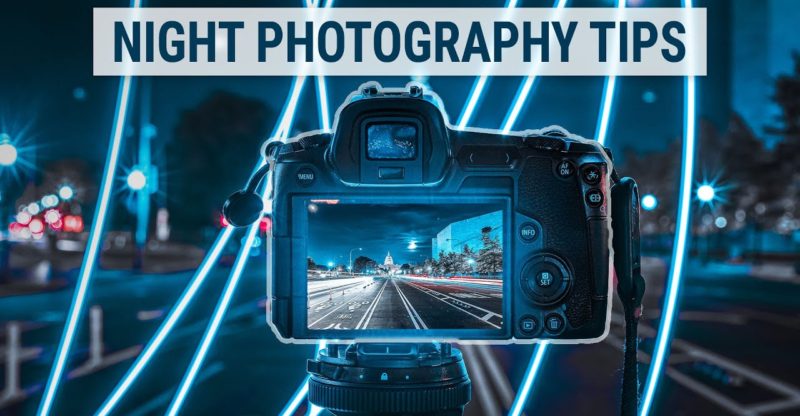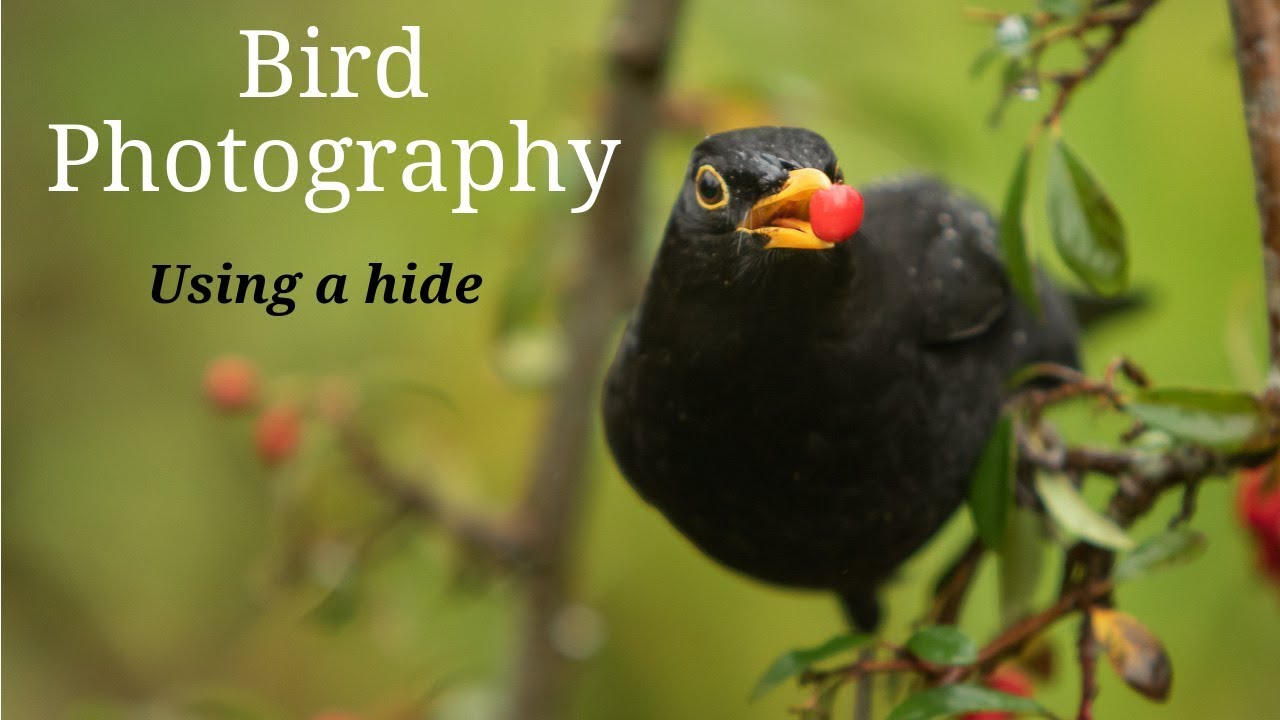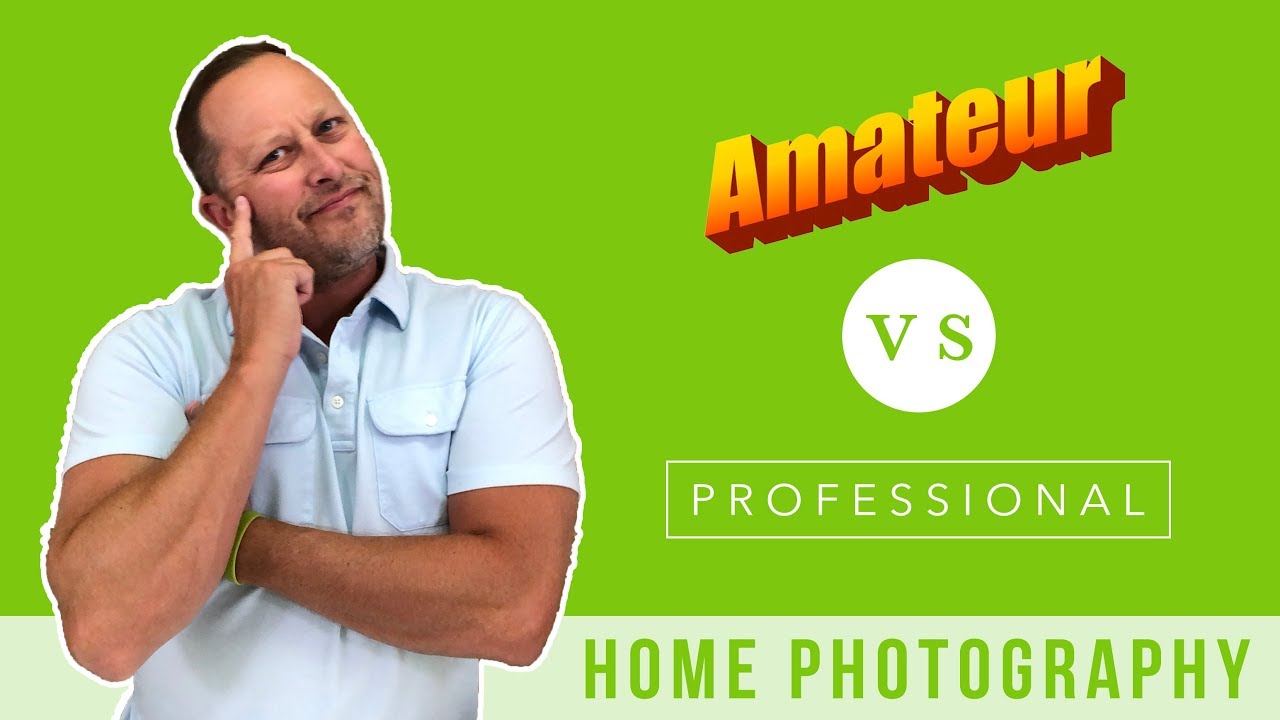Night Photography for Beginners | Low Light Camera Settings
– What's up it's Andy Feliciotti, and welcome back to another video. Tonight I'm going to show you
how I take photos at night, including handheld and with the tripod. We're going to be going over
the camera gear you need, camera settings, and
everything in between. So if you're new to
taking low light photos, this guides for you. So let's wait until it
gets a little bit darker so we can start taking our photos.
(upbeat music) Now that it's night, we can talk about the
first thing to remember, and that is your subject. It's probably the most important thing. So, things like cars going
by, anything with motion, interesting building and architecture, are all great subjects for
your night photography. And that brings me on to what
gear you're going to need it. You're going to need a camera
that you can control manually, like a DSLR or a mirrorless. And you're also going to want to tripod.
This is extremely
important for getting the most crisp photos at night. Butt right now I'm going
to show you what to do for just using handheld photos. And the first thing we're
going to do is actually change our camera to aperture priority. On a Canon camera that's Av mode. It might be called something different on your brand of camera. And this will allow us to
actually set our aperture to a specific amount. You're going to want
to set your aperture to something very low, something under F4.0. The lens I'm using right now, the lowest it can go is F2.8.
What this is going to do is it's going to let more light into our sensor and that'll make our photos
look sharper at night. So after sending an aperture priority, you're also going to make sure
that you're shooting on RAW. This allows you to get more
data from your files when you're editing, and
also it makes it so that setting your white balance
doesn't matter as much. Overall, you're going
to get more data when you're shooting RAW. And I highly recommend shooting RAW. And also if your camera
supports image stabilization, you want to make sure that it's
turned on and make sure that your lens stabilization is also turned on. So now that we have all
of our settings set, let's take some photos. So you can see our first
photo looks pretty good when we're zoomed out, but if we zoom in the photo is extremely grainy.
This is because the camera
automatically sets the ISO to a really high value. Since we're holding it handheld, the camera can only let in so much light. So it has to counteract
everything in the camera to let in more light and
actually take the photo. Let's actually go into my
favorite mode of shooting in the night, and that's using a tripod. That's going to let us
use a low ISO, so we get a lot more detailed photos, and we can just overall
take better photos.

So let's get our tripod and
start shooting at night. So now that we have our tripod out, we can talk about some of
our camera settings when we actually have a tripod. And of course, we're still
going to be shooting in Raw. And I'm also still going to be shooting on aperture priority mode. But now I can actually
do a higher aperture. For example, F8. So right now I'm shooting on an F8 and I'm also setting my ISO
manually to ISO 100. Now, what this is going
to do is actually give you a lot more detail and a lot less grain.
And now the best thing about
using aperture priority mode is the camera will actually figure out the shutter speed for you. So all you have to worry about is setting the aperture and ISO. So now that we have those settings set, you're also going to
make sure that you have your image stabilization turned off because that will add
unnecessary shake to your image. And additionally, you're
also going to set a two second timer to your photo. Now, I find this to be a
really important tip because what it's going to do is it's
actually going to have it so when I hit the shutter button, it's going to wait two seconds and then it's going to take the photo. So we'll have no shake in our camera. Otherwise right when
we hit the button it's gonna have a little bit
of shake in the camera and that will show up in our final image. So let me change the settings now, and we'll see what kind
of photos we can get. So right now it's
actually taking the photo.
It's doing a four second exposure. And we'll actually punch
into that image and you can see it's a lot more detailed than our handheld photo. So let's just wait a minute for
a car to drive by and see if we can get some interesting
light streaks as well. So car's about to pass by, os we want to make sure
that we start shooting now. Since we have the two second
delay, it kind of makes it harder to time out those shots. But overall, the results
will end up better. So we had a four second shutter, So the car went perfectly through. And overall a decent streak, but it ends halfway through. So, it's definitely some
patients of sitting here and taking a bunch of photos.
But, you can overall get awesome results. All right, so we'll try one more here. And we use a lower if-stop for… Right now I'm using F 4.0. And that's going to have it so the shutter speed is actually less. So we have a less of a
shot to get the photo. Of course this… (laughing) But overall, patients. Patients is what you need. So now that we got a few photos here, let's actually hop over to
a different location and see what kind of other photos we can get. (upbeat music) So, now we're at our
second spot using a tripod.
I love this spot cause you can get cars going down both sides
and get the tail lights and the headlights from all the cars, and getting cool light
trails and things like that. Now, if you're having trouble
focusing with your camera, since it's such low light, remember you can always just
put your lens on manual focus and manually focus the shot. Now I hope you enjoy these
night photography tips. If you need tripod recommendations,
or anything like that, I have an article in the
description of this video. That includes all of my recommendations. And if you enjoyed this video, remember to like, subscribe. And thanks again for watching. (upbeat music).













